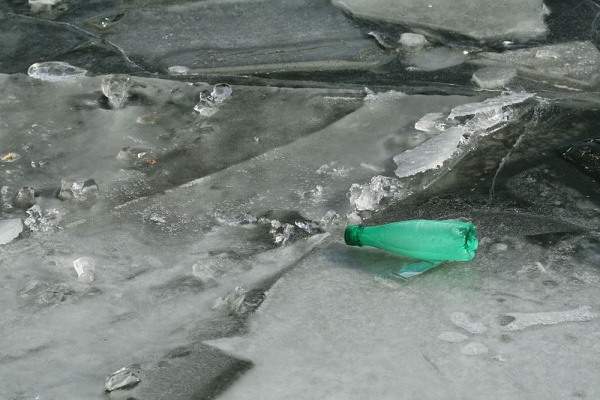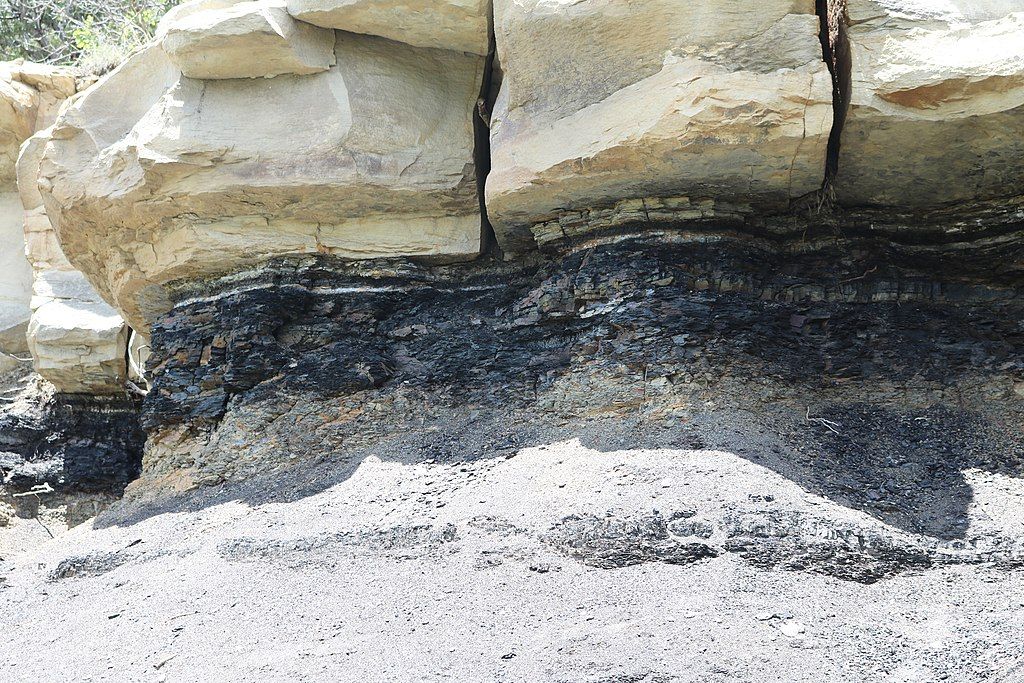
Spring migration is ramping up. Every day there are new birds to see and hear in western Pennsylvania.
What if you hear a really good bird and can’t see it? Should you playback its song on your smartphone to lure it in? Please restrain yourself. Here’s why.
Although birders debate the use of playback, the Code of Birding Ethics is clear:
To avoid stressing birds or exposing them to danger, exercise restraint and caution during observation, photography, sound recording, or filming.
Limit the use of recordings and other methods of attracting birds, and never use such methods in heavily birded areas, or for attracting any species that is Threatened, Endangered, or of Special Concern, or is rare in your local area. — American Birding Association Code of Ethics
In other words, our first priority should be the birds’ welfare.
Song playback is like this to a bird: Imagine you’re at home having dinner and someone knocks on your front door. You drop what you’re doing and go answer it. There’s no one there, yet you keep hearing them knock over and over again. Of course this is upsetting. (People stop “answering the door” much sooner than birds do.)
David Sibley, whose app makes playback very easy, compares the proper use of playback to fishing. The most successful technique barely plays the song at all. Read how to do it here.
I once witnessed a clear example of what we should never do.

In May 2010 I was thrilled to see a beautiful male prothonotary warbler at Magee Marsh boardwalk in Oak Harbor, Ohio. The bird was there all day, every day. He was on territory. He had a nest hole.
One afternoon I stopped for my second view of the warbler and I saw a photographer set his iPod on the boardwalk railing. Then I heard the prothonotary sing four times. Several birders looked around. It took us a while to realize the song came from the iPod.
The crowd at the boardwalk was huge and there were many iPods and smartphones in that crowd. How many times that day! that weekend! that week! was the prothonotary warbler challenged on his own territory by a recorded song?
I wish I’d been brave enough to speak to that photographer. I regret it to this day.
Don’t play it again, Sam!
(photos by Chuck Tague)













